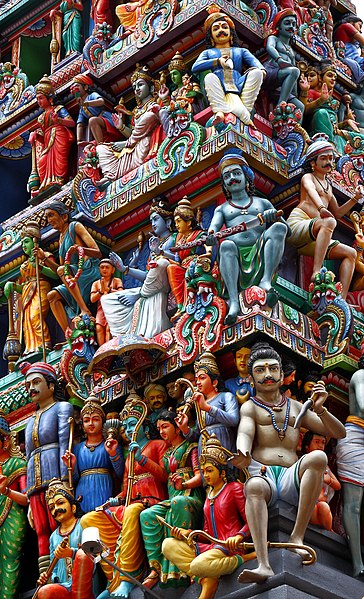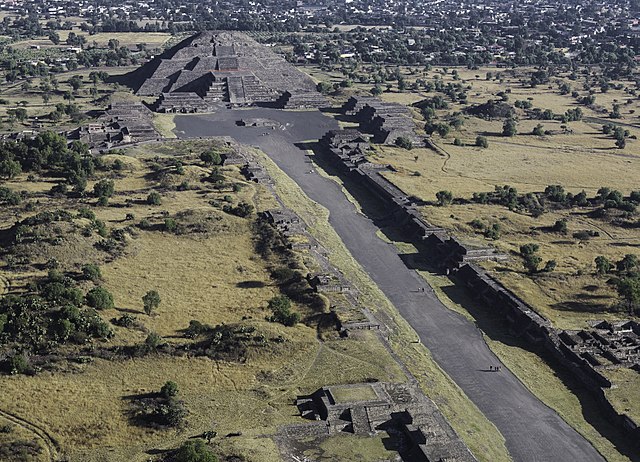Sacred geometry ascribes symbolic and sacred meanings to certain geometric shapes and certain geometric proportions. It is associated with the belief of a divine creator of the universal geometer. The geometry used in the design and construction of religious structures such as churches, temples, mosques, religious monuments, altars, and tabernacles has sometimes been considered sacred. The concept applies also to sacred spaces such as temenoi, sacred groves, village greens, pagodas and holy wells, Mandala Gardens and the creation of religious and spiritual art.
Nautilus shell's logarithmic growth spiral
Tibetan Buddhist Sand Mandala
A Hindu Maṇḍala
Microcosmic Man as described by Hildegard of Bingen.
Sacral architecture is a religious architectural practice concerned with the design and construction of places of worship or sacred or intentional space, such as churches, mosques, stupas, synagogues, and temples. Many cultures devoted considerable resources to their sacred architecture and places of worship. Religious and sacred spaces are amongst the most impressive and permanent monolithic buildings created by humanity. Conversely, sacred architecture as a locale for meta-intimacy may also be non-monolithic, ephemeral and intensely private, personal and non-public.
Ornate details on the entrance tower of Sri Mariamman Hindu Temple, Singapore.
Interior of the Sultan Ahmed Mosque in Istanbul, Turkey
Bimah of Princes Road Synagogue in Liverpool, England
Teotihuacán's Pyramid of the Moon was used for ritual sacrifice








